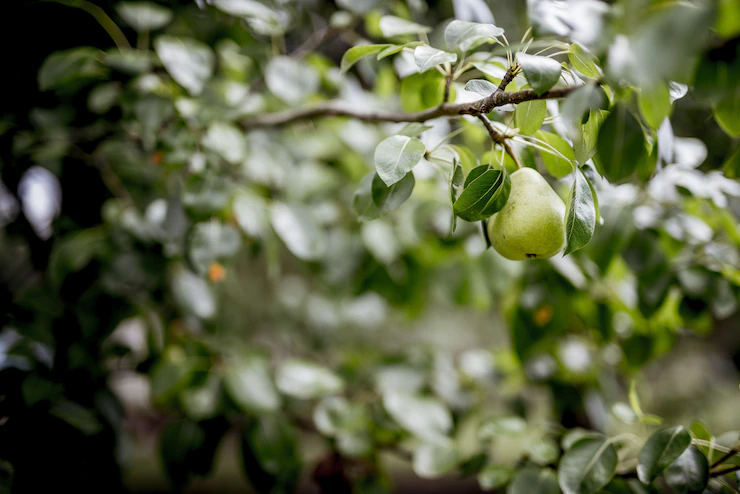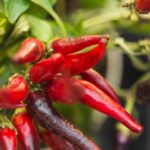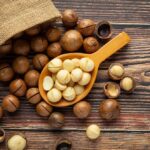Pears are delicious and nutritious fruits that can be grown successfully in certain regions of South Africa. If you’re considering growing pears, whether for personal consumption or commercial purposes, here are ten important things you should know:
- Climate and Region: Pears thrive in temperate climates with cool winters and moderate summers. In South Africa, suitable regions for pear cultivation include parts of the Western Cape, Eastern Cape, and parts of the Free State. Choose a region with the right climate and temperature ranges for optimal pear growth.
- Variety Selection: There are different pear varieties available, each with its unique characteristics in terms of flavor, texture, and chilling requirements. Popular pear varieties grown in South Africa include Packham’s Triumph, Forelle, and Bon Rouge. Consider factors such as taste, tree size, and market demand when selecting pear varieties.
- Soil Requirements: Pears prefer well-drained soils with good fertility. Conduct a soil test to assess the pH level and nutrient content of your soil. Pears generally prefer a slightly acidic to neutral pH range of 6.0 to 7.0. Amend the soil with organic matter and appropriate fertilizers based on soil test results to ensure optimal nutrient availability.
- Land Preparation: Clear the land of weeds, rocks, and debris before planting pears. Prepare the soil by tilling and incorporating organic matter to improve its structure and drainage. Ensure proper soil preparation to promote healthy root development and water penetration.
- Planting and Spacing: Pears are typically propagated by budding or grafting onto suitable rootstocks. Plant young pear trees at the appropriate depth, ensuring that the graft union remains above the soil surface. Provide adequate spacing between trees, typically ranging from 4 to 6 meters, depending on the pear variety and desired tree size at maturity.
- Irrigation: Pears require regular and sufficient irrigation, especially during critical growth stages such as flowering and fruit development. Implement an efficient irrigation system, such as drip irrigation or sprinklers, to provide uniform water distribution. Monitor soil moisture levels and adjust irrigation accordingly, considering the specific water requirements of pears.
- Pruning and Training: Pruning is essential for shaping pear trees, promoting proper growth, and enhancing fruit production. Learn about the specific pruning techniques for pears and adopt proper pruning practices. Consider training systems such as central leader or modified central leader to manage tree structure and facilitate harvesting.
- Fertilization: Pears have specific nutrient requirements for optimal growth and fruit development. Conduct a soil analysis and consult with agricultural experts to determine the appropriate fertilization regimen. Apply balanced fertilizers with nitrogen, phosphorus, and potassium, along with micronutrients, based on the pear tree’s nutrient needs and the specific soil conditions.
- Pest and Disease Management: Pears can be susceptible to pests such as pear psylla, codling moth, and diseases like fire blight and pear scab. Implement integrated pest and disease management strategies, including regular monitoring, cultural practices, and the use of appropriate pesticides or biological controls when necessary. Practice orchard hygiene and monitor weather conditions to minimize disease incidence.
- Harvesting: Pears are typically harvested when they reach their desired stage of ripeness. Harvesting time varies depending on the pear variety, intended use, and local market preferences. Monitor fruit size, color, and firmness to determine the ideal harvest time. Harvest pears carefully by hand to avoid bruising and handle them gently to prevent damage.
By considering these ten crucial factors before growing pears in South Africa, you’ll be better prepared to cultivate a successful pear orchard. Stay updated on local research, industry best practices, and consult with local agricultural experts for tailored advice. With proper care and attention, you can enjoy a bountiful harvest of delicious pears








